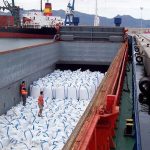Most of the bulk solid products that can be transported in bulk bags (big bags) can also be carried in bulk containers but with some greater advantages.
There are uses where big bags are still competitive:
- When bulk bags are accommodated in regular load holds or on bulk holds, providing more flexibility in ships, hence, reducing total costs.
- The operational costs for bulk vessels are normally lower, while the capital and real estate for the bulk handling terminals, bulk trucks or railcars are higher and makes this kind of operation feasible only for large throughput volumes of cargo, therefore, keeping costs low.

(Google Images)
Loading more than 3,000 tons into bulk vessels will always be the best option. To carry between 100 and 3,000 tons in bulk containers will be the best option, in most cases.
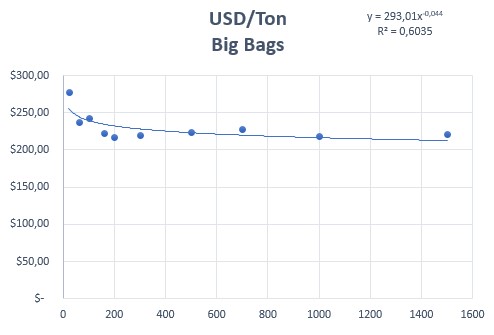
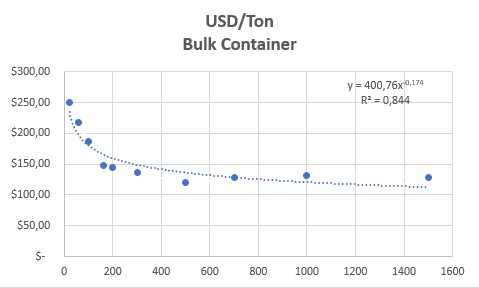
It’s easy to see that the costs to load in big bags vary with the loaded quantity, mainly because of the loading processes. While using bulk containers, it’s almost linear. Some parameters depend on whether it’s between 40 and 100 tons, but it is usually $20 (USD) to $25 cheaper per ton to carry in bulk containers.
The grey zone is between a few tons and 40 tons. The best option depends on a lot of factors, but loading and unloading the bags on and off the container or vessel hold plays an important role on the total cost. Hence, the logistics operation must pay closer attention to these activities.
Since big bags can be accommodated inside a vessel’s bulk hold or inside containers, this portion of the operation has a high cost dispersion because of how the bags are transported. This cost can vary a great deal depending on the ship’s route, type, etc. The supply chain specialists normally try to minimize this cost based on specific choices depending on the season, economy of the countries receiving or sending the material, and so on.
There is a part of the operation that does not change due to external factors for each type of product and place where the operation is held. This is the stuffing operation which consists in filling the bags and loading them into a container or vessel.
The material handling, loading and unloading of the bulk bags need to be efficient despite the situation.
Let’s focus on the loading operation.
What are the most common material handling equipments used to load big bags?
Different kinds of equipment fit each specific operation, field conditions, and so on.
- The most rudimentary way to fill big bags is to open the bags and keep them open on a stand and shove in the material (manually by means of some manpower or using some loader bucket, tractor or backhoe). This is a very inefficient operation but, sometimes, depending on the materials and location, it is the only viable method.
- A very common method to fill big bags is to transfer bulk solids or grains from 50 kg bags into a feeding hopper that will be used to fill up the big bags.
- An efficient way to fill big bags is to use a feeding hopper fed from a silo or some accumulation buffer and manually control the amounts of material up to the specified level.
- A more efficient way to fill big bags is to have automated stands that control an airlock or dosing valve that allows a limited amount of material to be dispensed into the bag, up to a preset level or weight. This is the most common filling system for big bags.
The big bags can be fitted to the system by hand or with automated systems (sometimes robots). - A continuous stream of material that comes from some sort of conveyor (pneumatic, belt, buckets, etc.) and goes into a buffer to hold and distribute the bulk solid materials that fill the feeding hoppers.
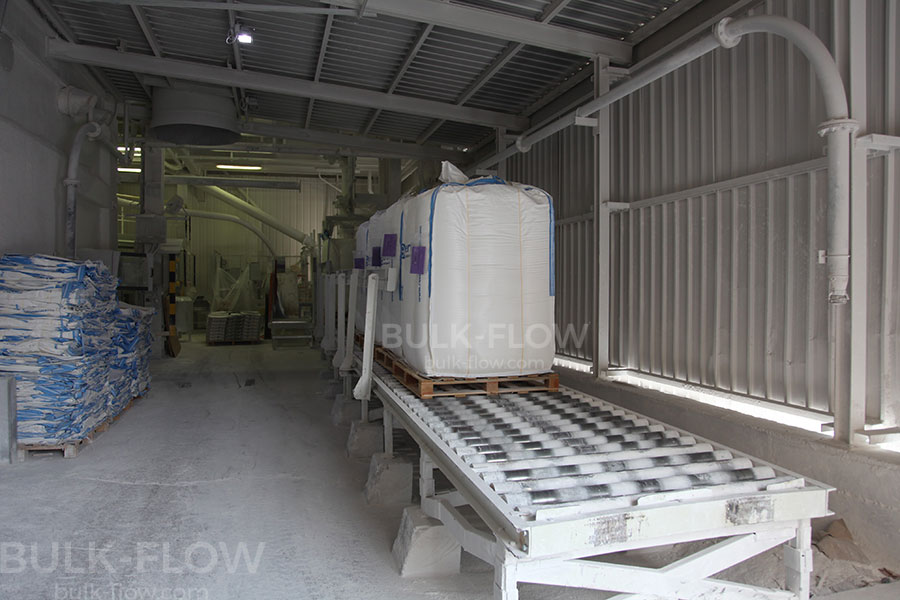
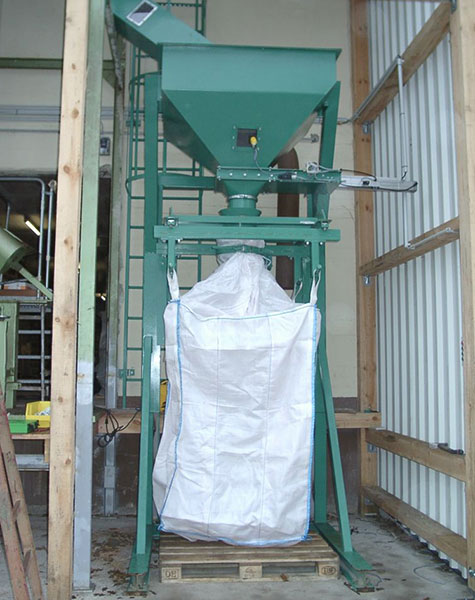
(Google Images)
![]()
For each situation, there is always a best choice and, from the best possible choice, the logistics system calculates the total cost of the operation to decide which way to go and if the material will carried in big bags or in bulk liner bags into ISO containers.
There are uses that still require big bags to replace 50 kg bags – namely, cement or hydrated lime for big construction sites, wheat flour sent to mid-size and big bakeries, powder milk sent to mid-size and big bakeries, and candy or baking factories.
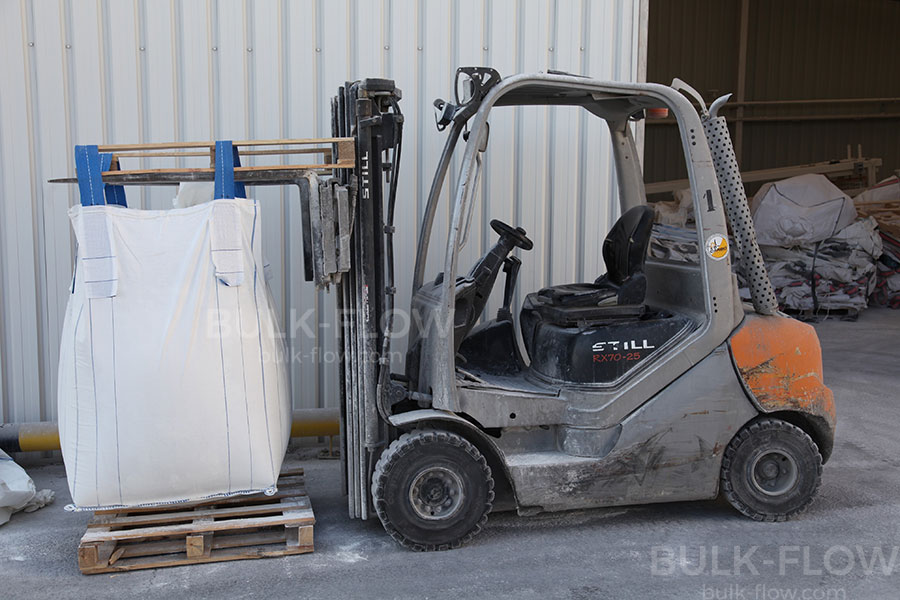
These uses will soon be replaced by the latest technological release from Bulk-Flow: the Tiltless unloading system.
Subscribe to the blog to receive an alert and updates when discuss the process and costs in a little more detail.


